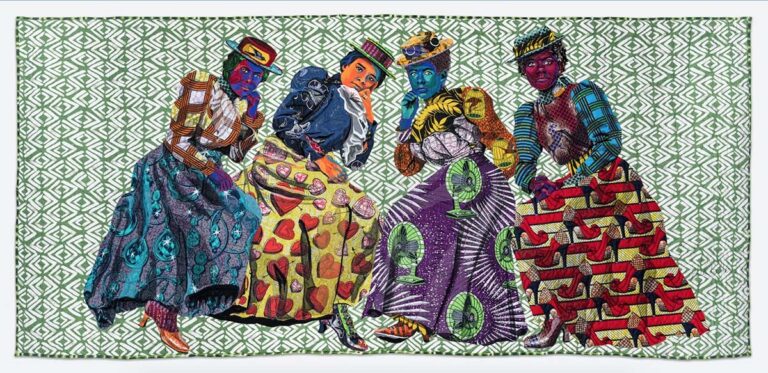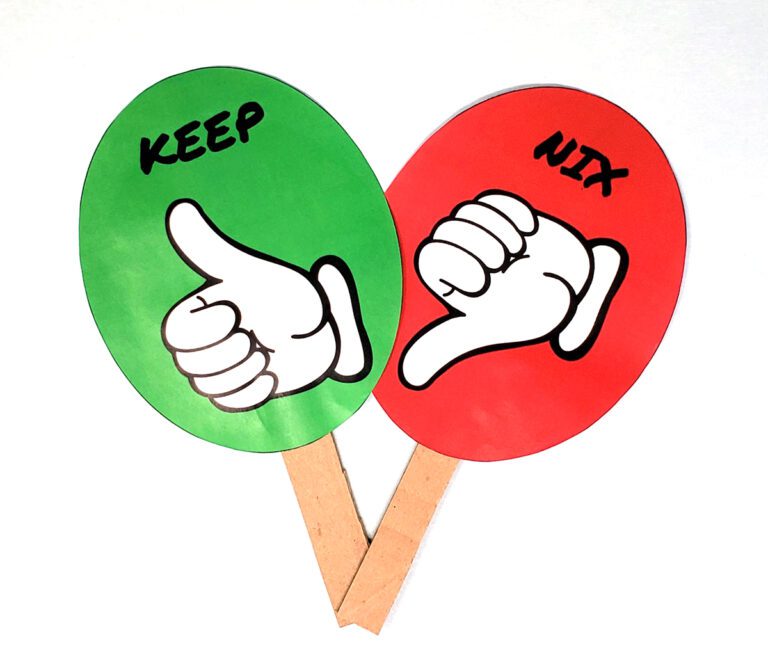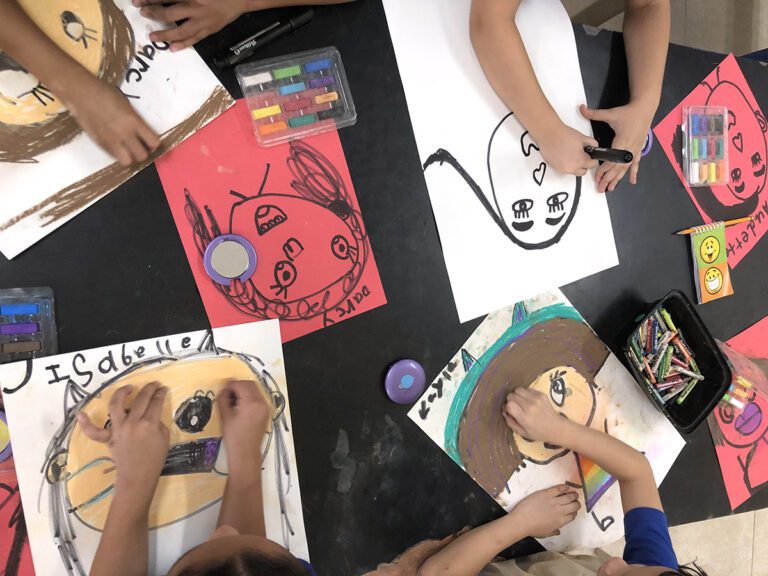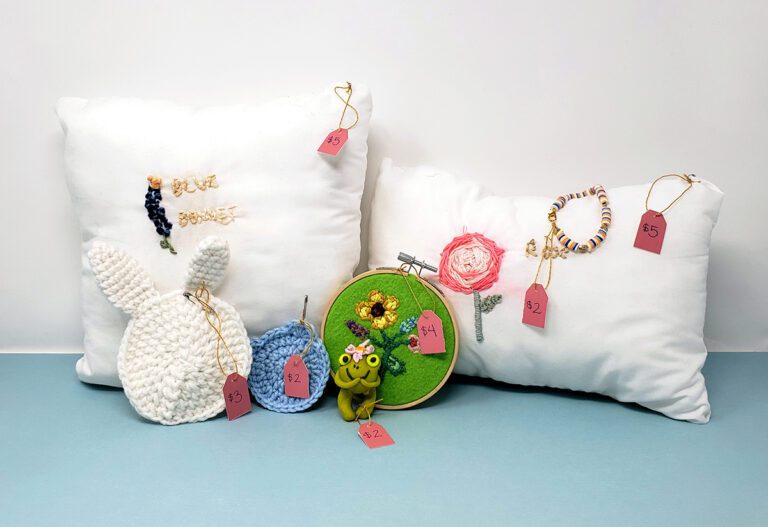With first semester winding down, it’s a great time to get a pulse on what your students think about your class. Administering a student survey can provide clear-cut, quality feedback that can proactively direct your pedagogy, classroom management, and classroom climate. Here’s how to do it.
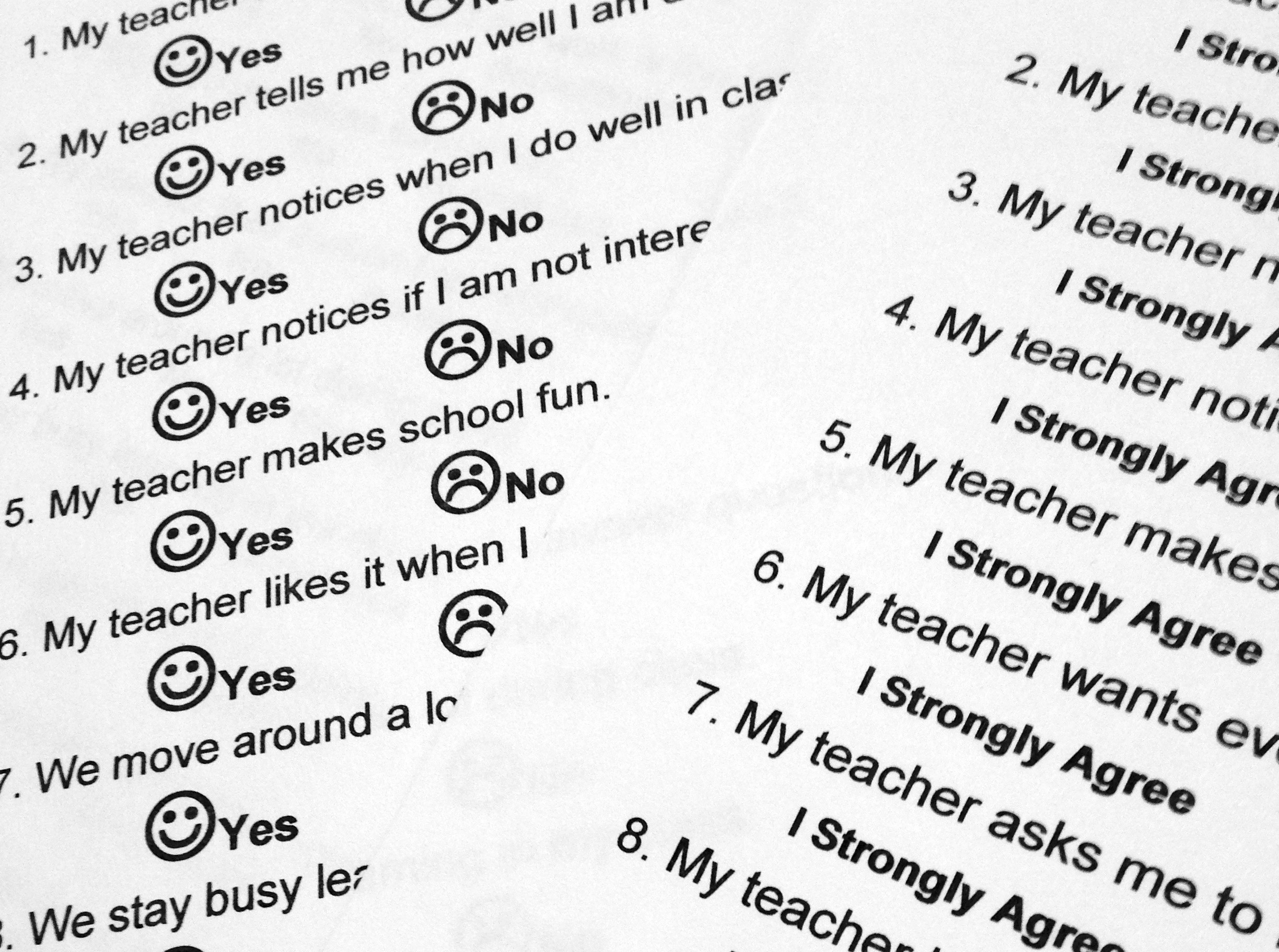
1. Start by asking yourself what you really want to know from your students.
Choose questions that you want answers to and that you have the ability to act on.
Here are a few specific questions to consider:
- Is the work time allowed for each project or unit enough or too little?
- Do you feel comfortable asking questions during class time?
- Are there materials that you would like to try out but haven’t been available in class yet?
- Does this class challenge you?
2. Choose a low-key time for students to complete the survey.
Consider letting students complete the survey anonymously. This may make some students feel more comfortable sharing their opinions. Whether the students choose to remain anonymous or not, asking them directly during a time that feels comfortable and safe will produce feedback that is constructive and useful.
3. Use the feedback to better your art room.
Reading negative feedback is difficult, but if you can see a solution to a genuine problem, solve it. Always keep a copy of the positive comments to continue to build upon and strengthen your teaching.
Of course, it is possible that you already know what is best for your students. However, sometimes asking them for their opinions can open up ideas and provide insights that you may overlook. I hope you find that using a student survey midway through the school year will provide you with time to plan the rest of the year with purpose and mindfulness. If you’re looking for a survey for the beginning of the semester, check out an example here.
Do you give student surveys? What kinds of questions do you ask?
How else do you gather student feedback?
Magazine articles and podcasts are opinions of professional education contributors and do not necessarily represent the position of the Art of Education University (AOEU) or its academic offerings. Contributors use terms in the way they are most often talked about in the scope of their educational experiences.

